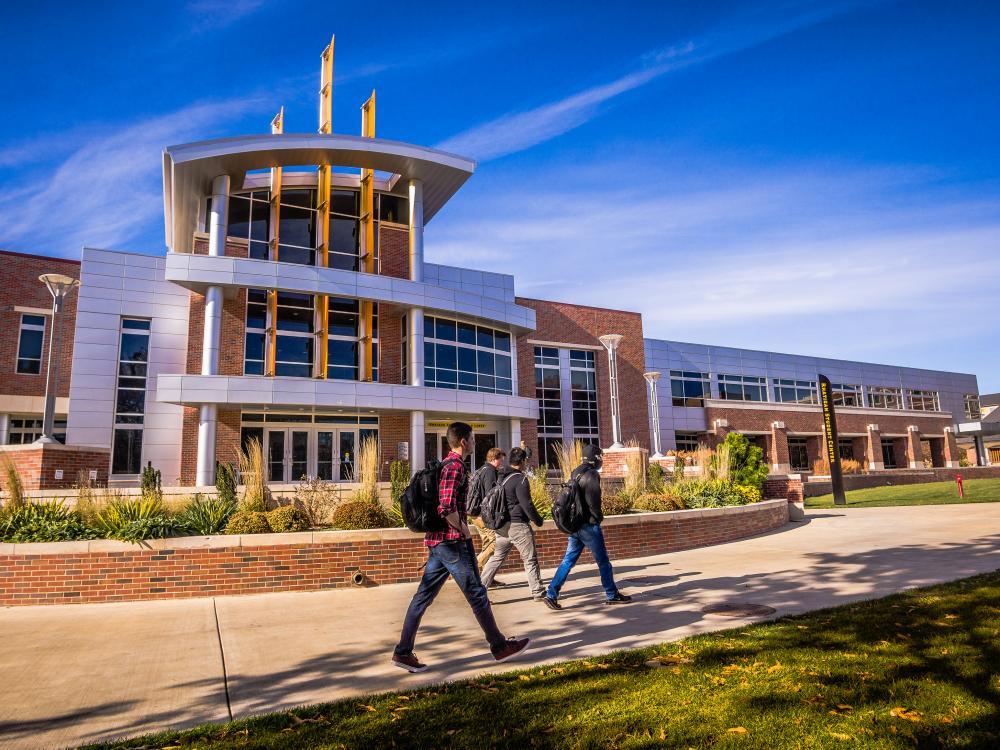Grant project to study sun's neutrinos from low Earth orbit
 Courtesy graphic
Courtesy graphic
Nick Solomey and his research collaborators recently earned a $2 million grant from NASA to study the sunтАЩs neutrinos from low Earth orbit.
The grant project, тАЬCube-sat Space Flight Test of a Neutrino Detector,тАЭ will allow SolomeyтАЩs team to investigate the sunтАЩs neutrinos from low Earth orbit, something that has not been done previously.
Neutrinos are miniscule subatomic particles that are similar to electrons, but have no charge and almost negligible mass. Understanding neutrinos holds the keys to understanding the structure of the universe and the origin of mass. According to neutrinos.fnal.gov, neutrinos are the second most abundant fundamental particle in the universe, and the sun is the source of most of these neutrinos.
This is the third grant in successive phases that Solomey has procured from NASA for his quest to learn more about neutrinos. One of the key outcomes of the project will be the development and testing of a cube-sat, a kind of nanosatellite. It will carry and test the neutrino detector in low Earth orbit to prove the detector can operate in space and measure the rate of cosmic and gamma rays.
Neutrino detectors currently in use are positioned deep below the EarthтАЩs surface.
тАЬThis new concept detector uses a double-delayed coincidence, so the detector does not need shielding,тАЭ Solomey, professor of physics, said.
тАЬOur detector is very risky because itтАЩs never operated as a neutrino detector in space, let alone close to the sun.тАЭ
The spacecraft of the eventual mission will allow scientists to study the sunтАЩs neutrino emission and the galactic core neutrinosтАЩ gravitational focus.
тАЬThe sunтАЩs core determines what is going on at the surface of the sun right now,тАЭ Solomey said. тАЬNuclear fusion in the core is producing the energy thatтАЩs driving the sun, but it takes anywhere from 80,000-100,000 years for the energy, through convection, to reach the surface of the sun.
тАЬWhen it reaches the surface of the sun and then boils off, it makes light,тАЭ Solomey said, тАЬand of course, all the light that we get from the sun is what sustains us.тАЭ
SolomeyтАЩs grant involves NASA scientists and particle physicists. SolomeyтАЩs team members include Atri Dutta, Hyuck Kwon, and Holger Meyer, all from │╔╚╦═╖╠є; Mark Christl, NASA Marshall Space Flight Center; Brian M. Sutin, NASA Jet Propulsion Laboratory; Robert McTaggart, South Dakota State University; and Gregory Pawloski, University of Minnesota.


